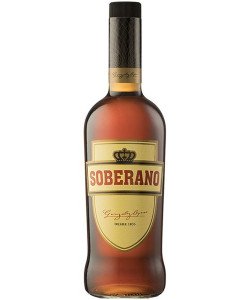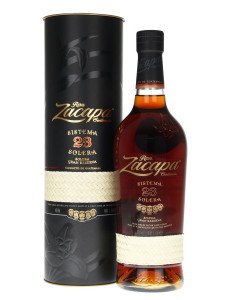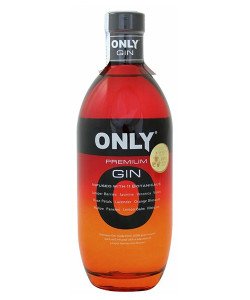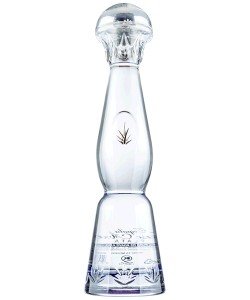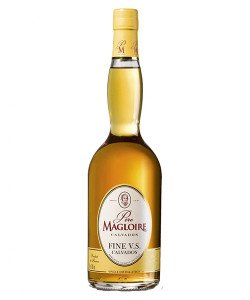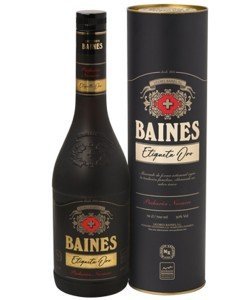Alcoholic beverages refer to those beverages that contain ethanol in their ingredients. Alcoholic beverages play an important social role in many cultures around the world due to their inhibitory and recreational effects as drugs. Most countries / regions have laws regulating the production, sale and consumption of these beverages. One of them is that their sale and consumption are usually limited to minors.
Regarding processing, a distinction can be made between beverages produced solely by alcoholic fermentation, which generally have an alcoholic content of no more than 15%, and beverages made by distillation, with an alcoholic content greater than 15%. 15%. . The latter includes different types of liqueurs and spirits such as brandy, whiskey, tequila, rum, vodka, cachaça, pisco, gin, etc. Alcohol content or alcohol content.
Distilled beverages are the result of a process of separating water and alcohol from a previously fermented liquid. The raw material of this liquid can be grains (such as barley, corn or rye), tubers (such as potatoes) or fruit residues (as made with grape skins). Grappa). Depending on the volume of production and the desired quality of the final product, the distillation method can be industrial or manual. In any case, its objective is to obtain pure alcoholic beverages with a concentration higher than 40º. The main ingredient in gin is juniper, and gin supports distillation by adding aroma to the final product through an immersion process. Clear drinks are called white drinks and they have fewer congeners (biologically active ingredients), so they are less harmful.





